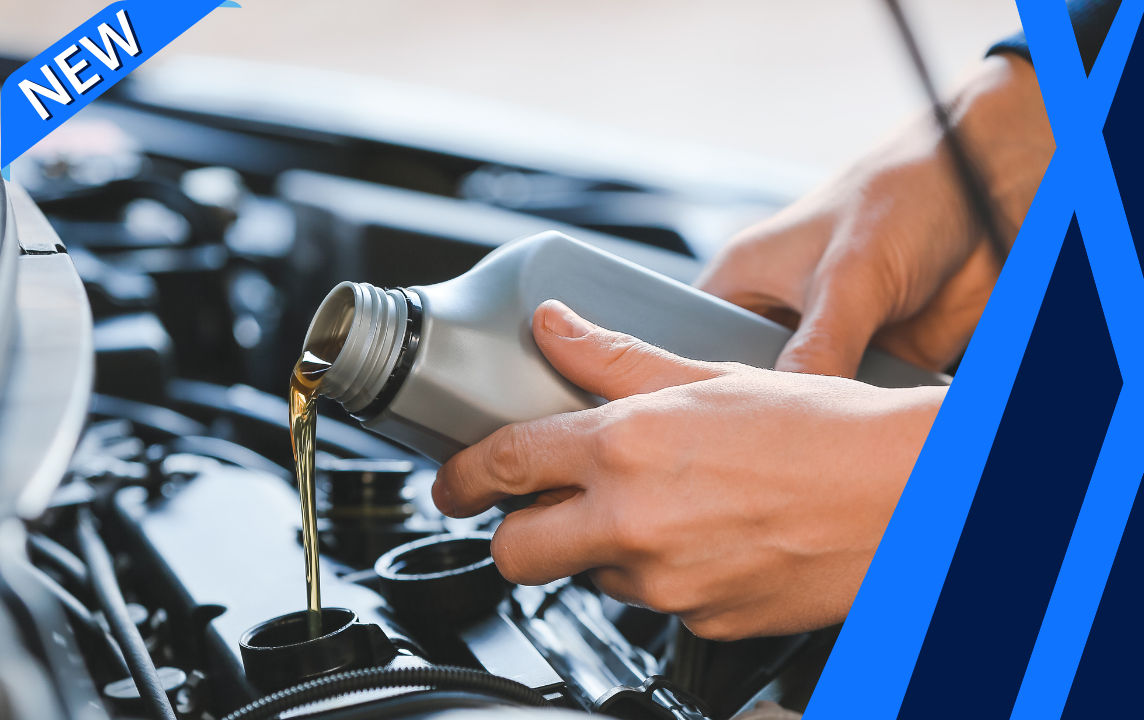Description
Brake Shoe Replacement (Rear)
What are the Brake Shoes (Rear) all about?
Brake shoes are found only at the rear wheels in cars with a drum brake system. When you step on the brake pedal, brake shoes press against the brake drums to cause friction that slows down the car. Brake shoes usually last twice as long as brake pads.
Keep in mind:
- Both brake shoes should be replaced at the same time.
- Damaged brake drums and leaky wheel cylinders can sometimes cause damage to brake shoes, so those elements may also need replacing.
How it’s done:
- Inspect brake shoes for contamination and thickness.
- Replace brake shoes if faulty.
- Adjust the brakes.
- Inspect springs, backing plate, brake cylinders, brake drums, and emergency brake cable.
- Lubricate the backing plate.
- Perform basic safety inspection, including test drive.
Our recommendation:
It is a good idea to get the brake shoes inspected and measured once a year. To inspect brake shoes, the mechanic will usually have to take the tires off. If you are getting a brake service, and if the brake shoes are still good, just have them cleaned and adjusted. Get your brake system inspected if the brake warning light is on. If the shoes need replacing, we highly recommend ceramic brake shoes.
What common symptoms indicate you may need to replace the Brake Shoes (Rear)?
- Noise from rear brakes.
- The hand brake does not hold.
- Car shakes upon braking.
How important is this service?
All services associated with the proper function of your brakes are important. In addition to safety issues, ignoring small repairs can quickly lead to more serious (and more expensive) problems.




